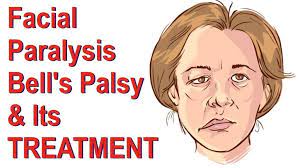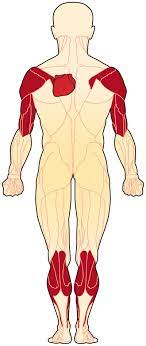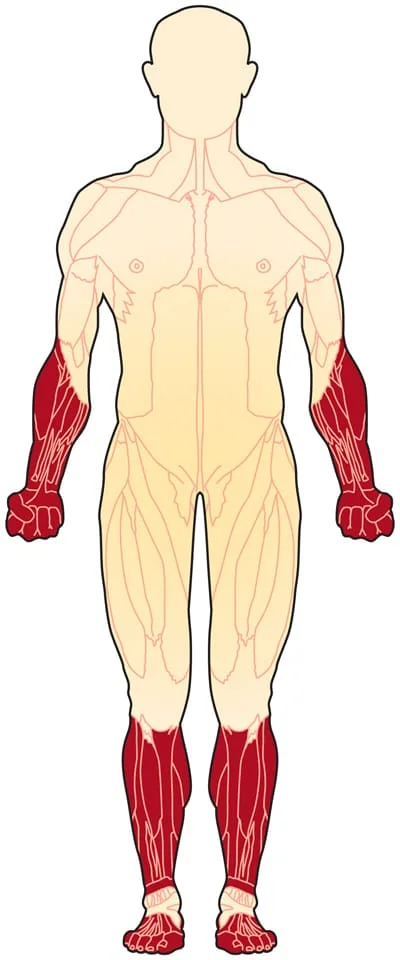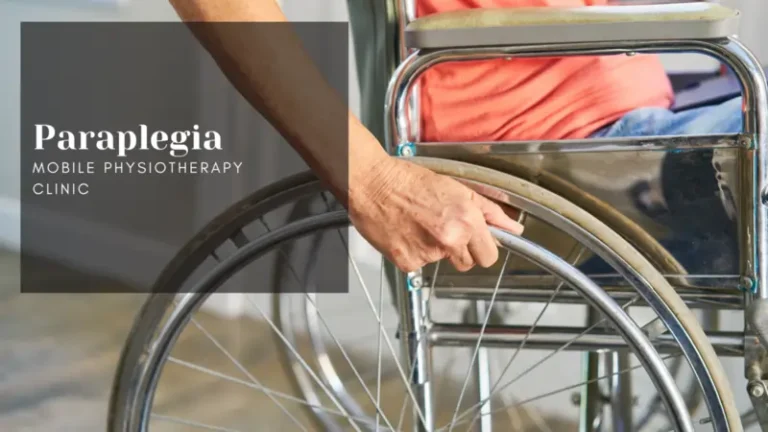Bell’s Palsy: Cause, Symptoms, Diagnosis, Treatment, Exercise
What is meaning of the word Bell’s Palsy ?orDefinition of Bell’s Palsy : It is the condition defined as a : Sudden weakness in the facial muscles of half side of the face caused by dysfunction or affection of facial nerve. So it results in a inability to perform movement of muscles of affected side…






